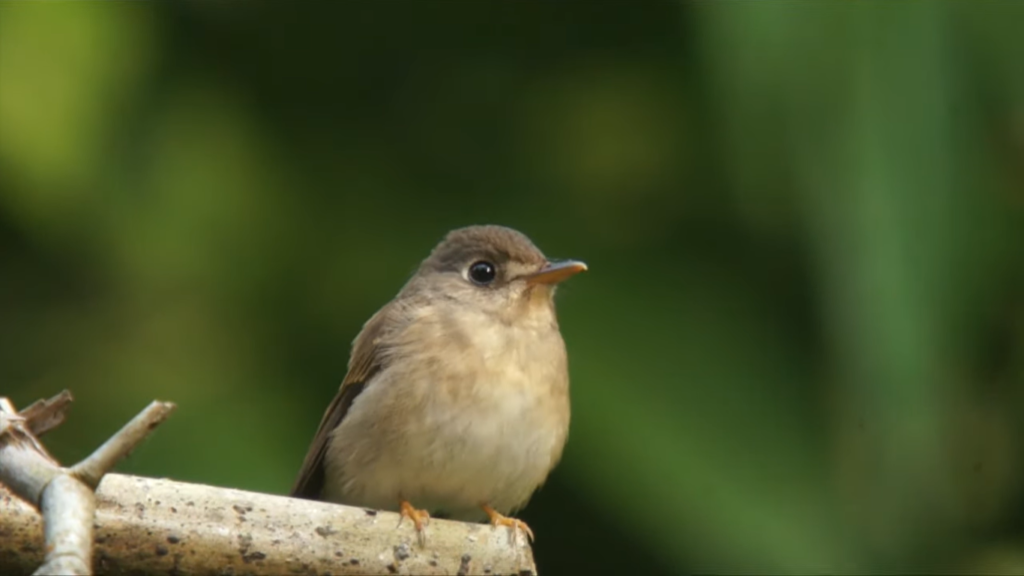

Panaji, January 2024-
One of the leading causes of bird deaths, across species, in Goa is electrocution from perching on improperly insulated power lines, according to birding enthusiast David Stanton.Stanton, who was born in Israel but has taken up permanent residence in Goa since 2001, screened his documentary film ‘Birds of Goa’ at the recently held MOG Sundays Talk at the Museum of Goa in Pilerne. He also said that even bats and flying foxes are often electrocuted after coming in touch with carelessly drawn power lines.
“Careless human activity has led to several bird species facing a very painful death by electrocution. The concerned authorities need to ensure that these power lines are properly insulated to prevent such incidents from occurring. I have also seen several bats and flying foxes face the same terrible fate,” stated Stanton.
The birding enthusiast said that the need of the hour is the conservation of Goa’s avifauna, as climate change and human activity are resulting in shifting migratory patterns of certain species.
“I have noticed that the Black Kite and Brahminy Kite are more commonly spotted, while Goa’s eagles, like the White-Bellied Sea Eagle and Grey-Headed Fish Eagle, are getting rarer,” he said.
Stanton’s film, a labour of love shot over 12 years, documents over 100 species of Goa’s avifauna. Goa’s small yet diverse landscape has offered either a residence or migratory pit-stop to over 450-plus species of birds.
“Years of watching birds in my garden inspired me to document them and although I had no prior experience of using a camera and computer to edit, my passion pushed me to learn the technical basics from a childhood friend who is a filmmaker,” he said.
Stanton began documenting birds in 2010, with the footage he amassed over the years lending itself to three documentaries that discuss the impact of human activity, like agriculture and housing, on Goa’s avian populations.
“With a decade and a half of birding under my belt, I have also noticed some changes in the habitat and distribution of species due to environmental factors and human interference. Some birds like the Blue-faced Malkoha (a non-parasitic species of cuckoo) and Brown Fish Owl became rarer, while other species like the Blue-bearded Bee-eater and Malabar Pied Hornbill became more common,” he concluded.


